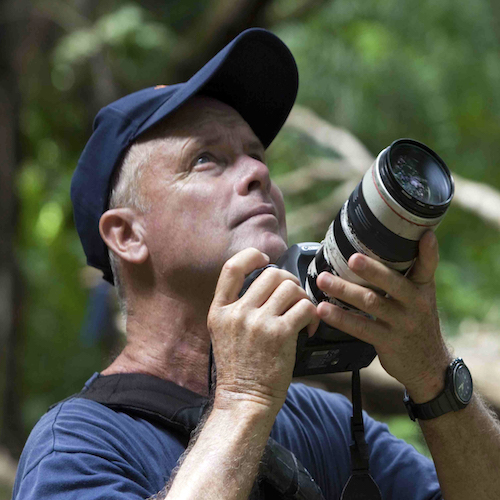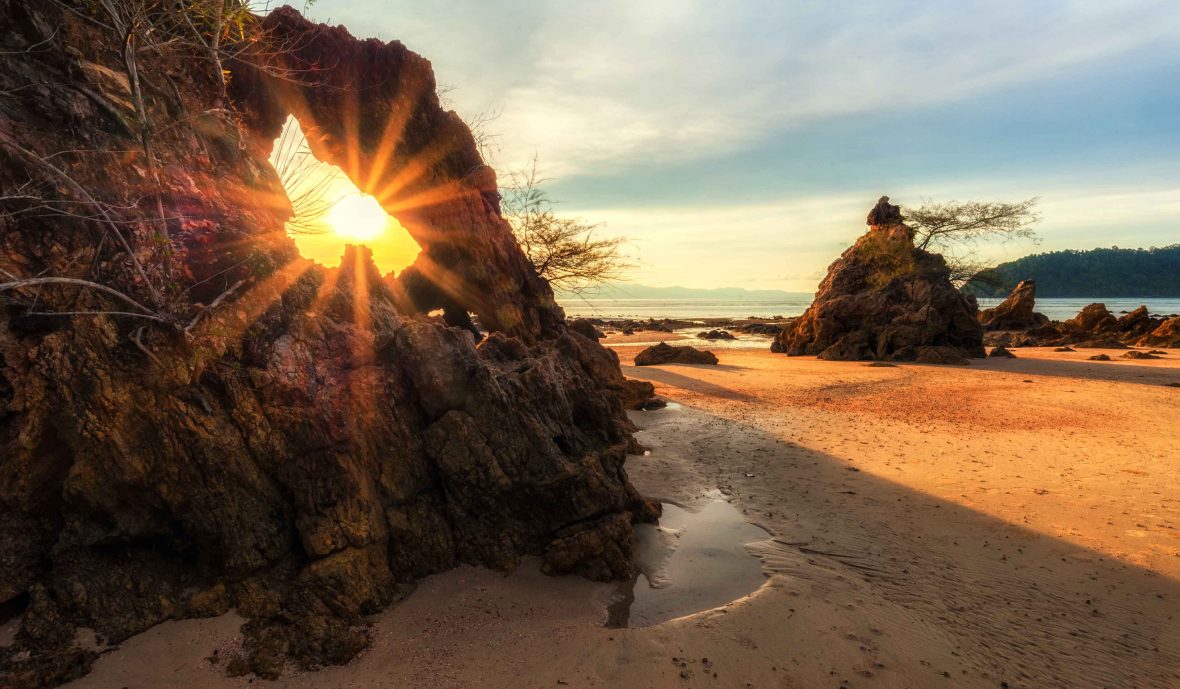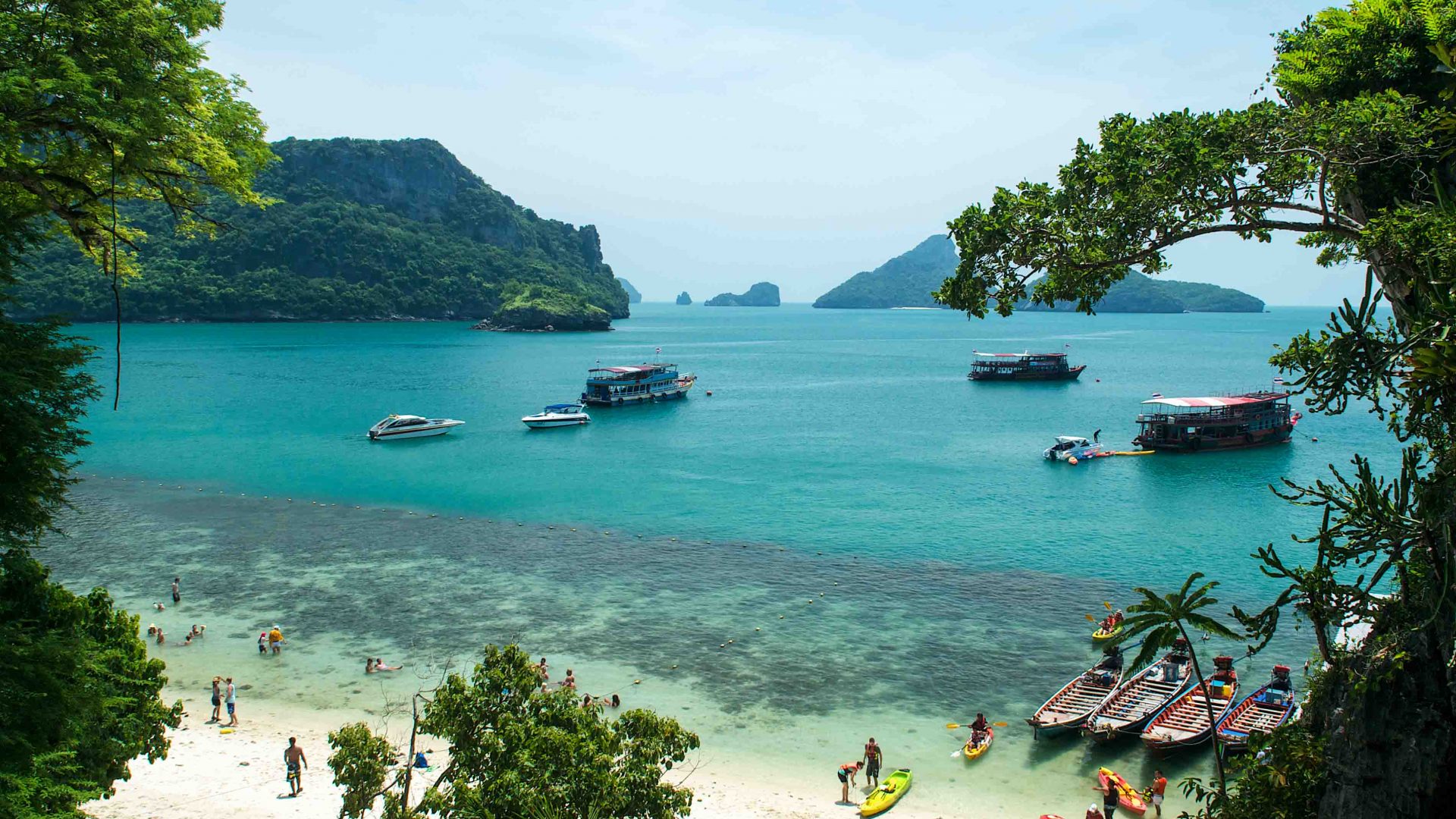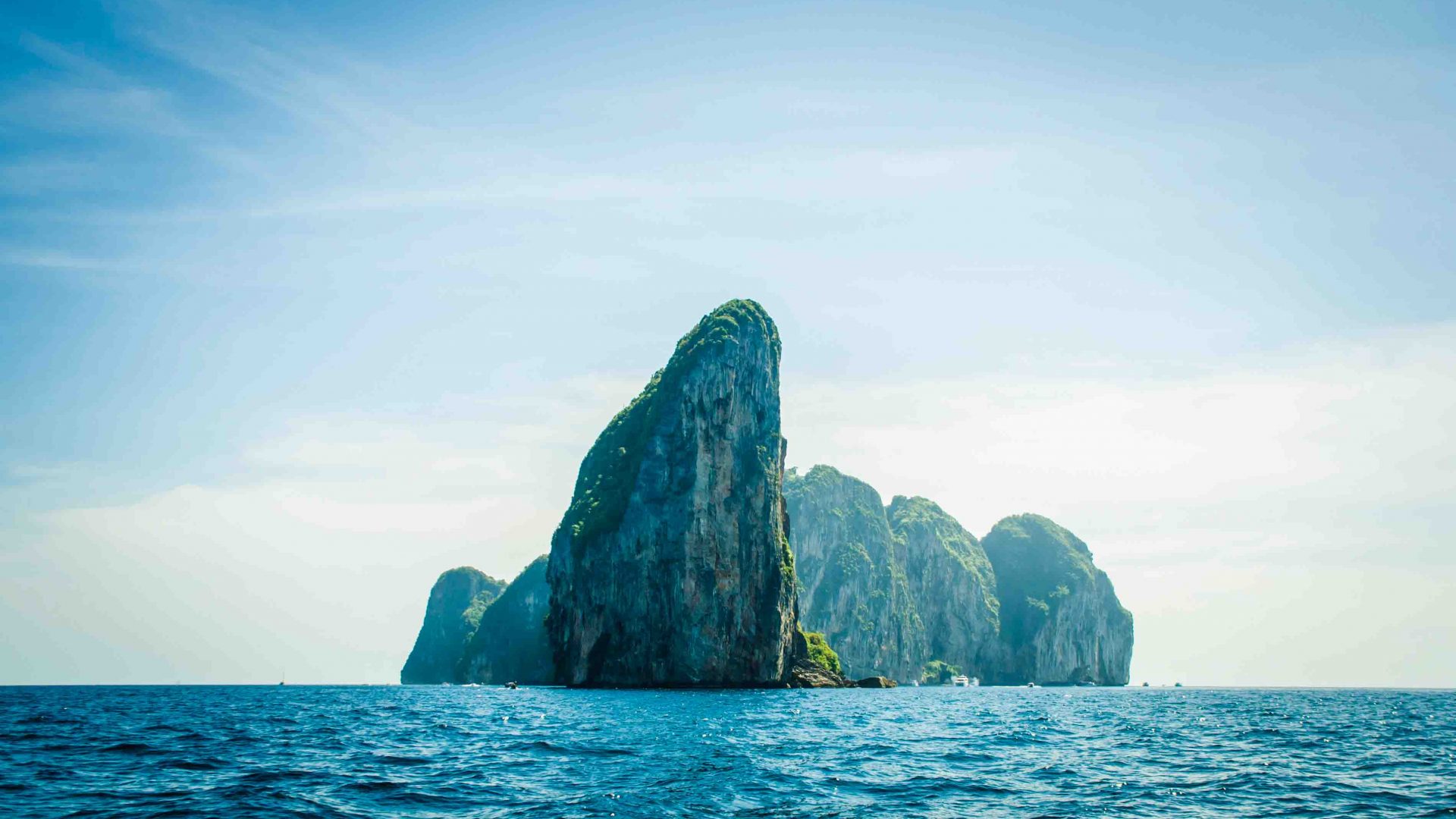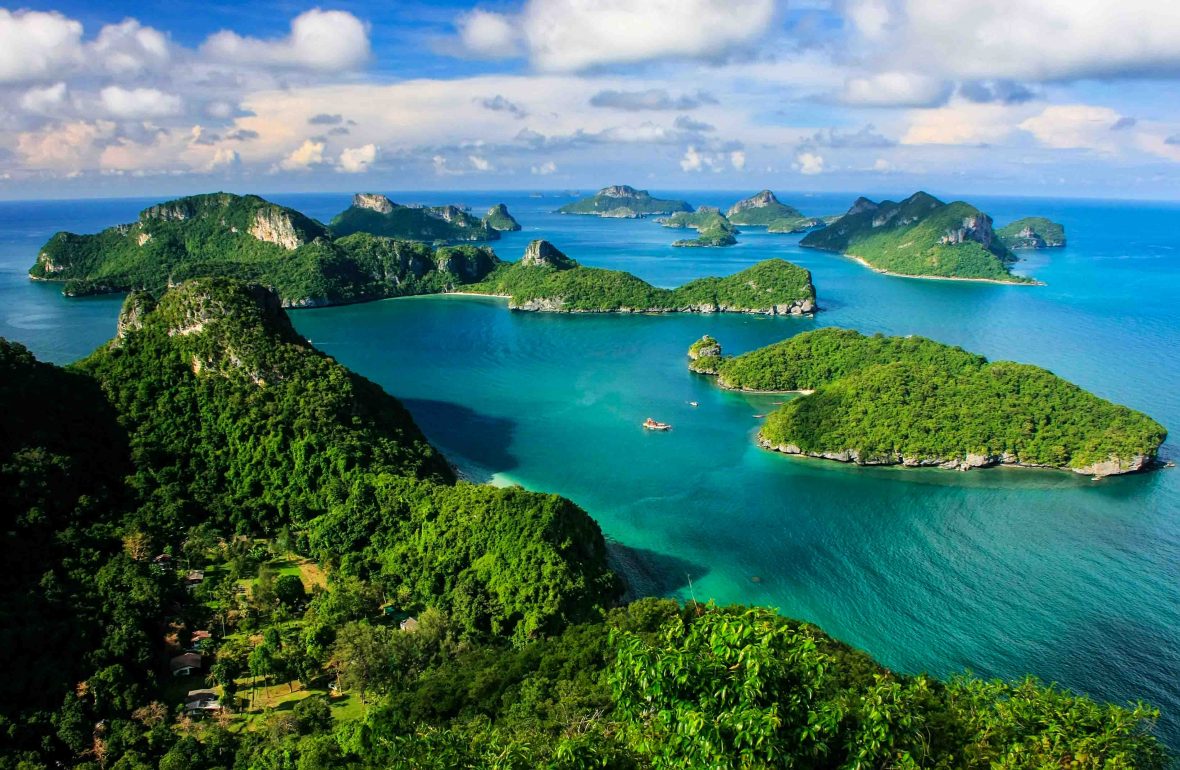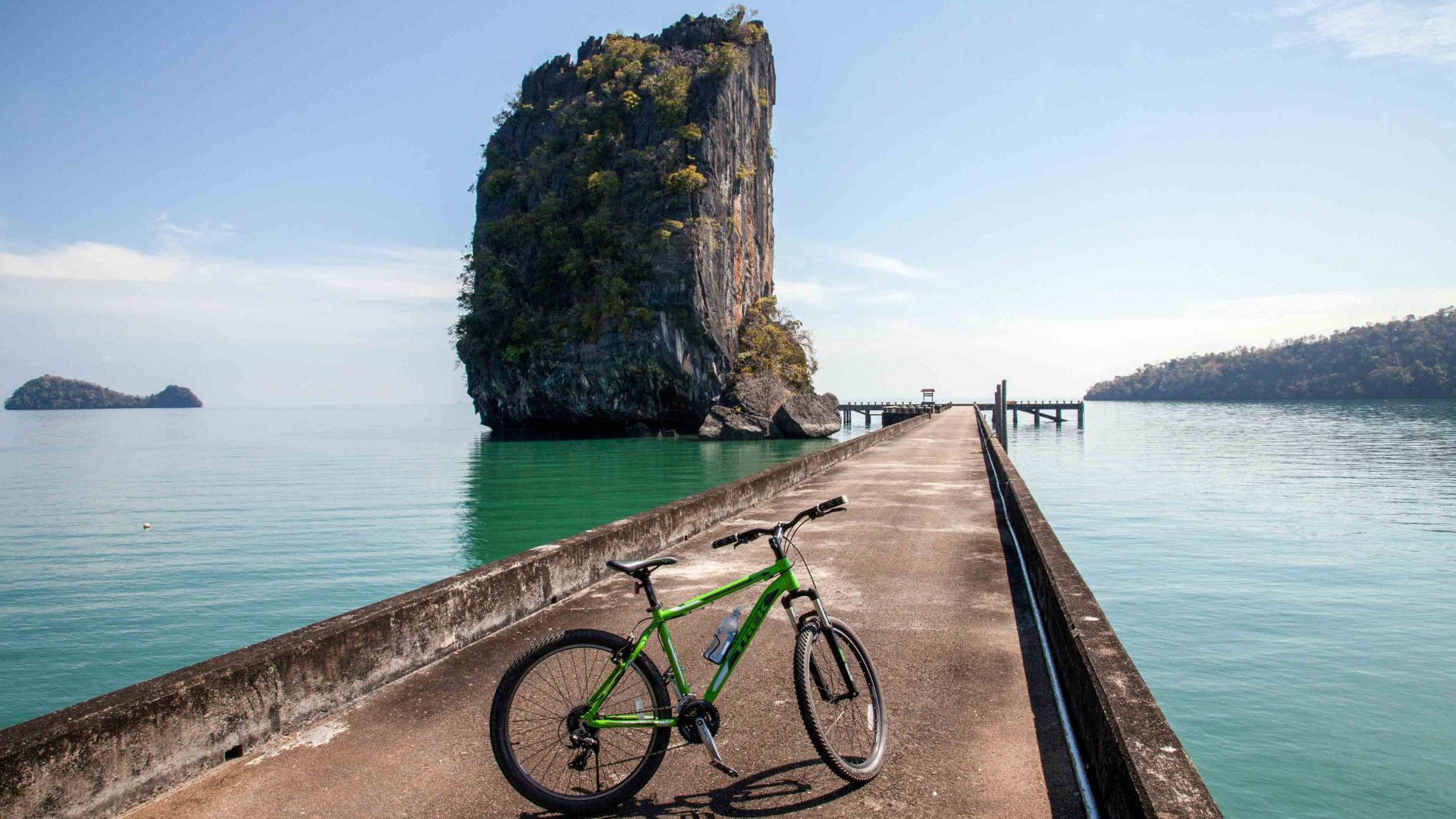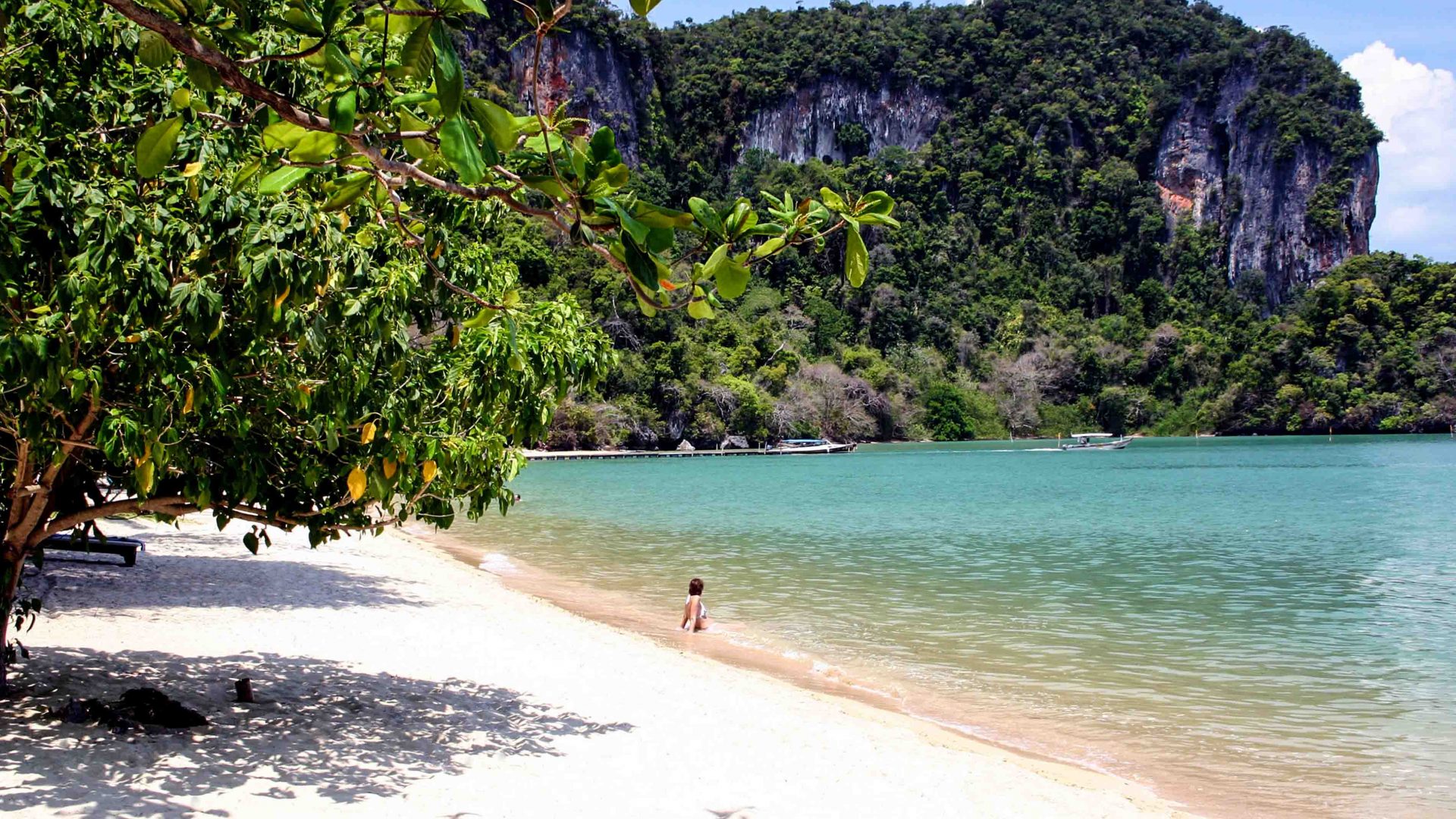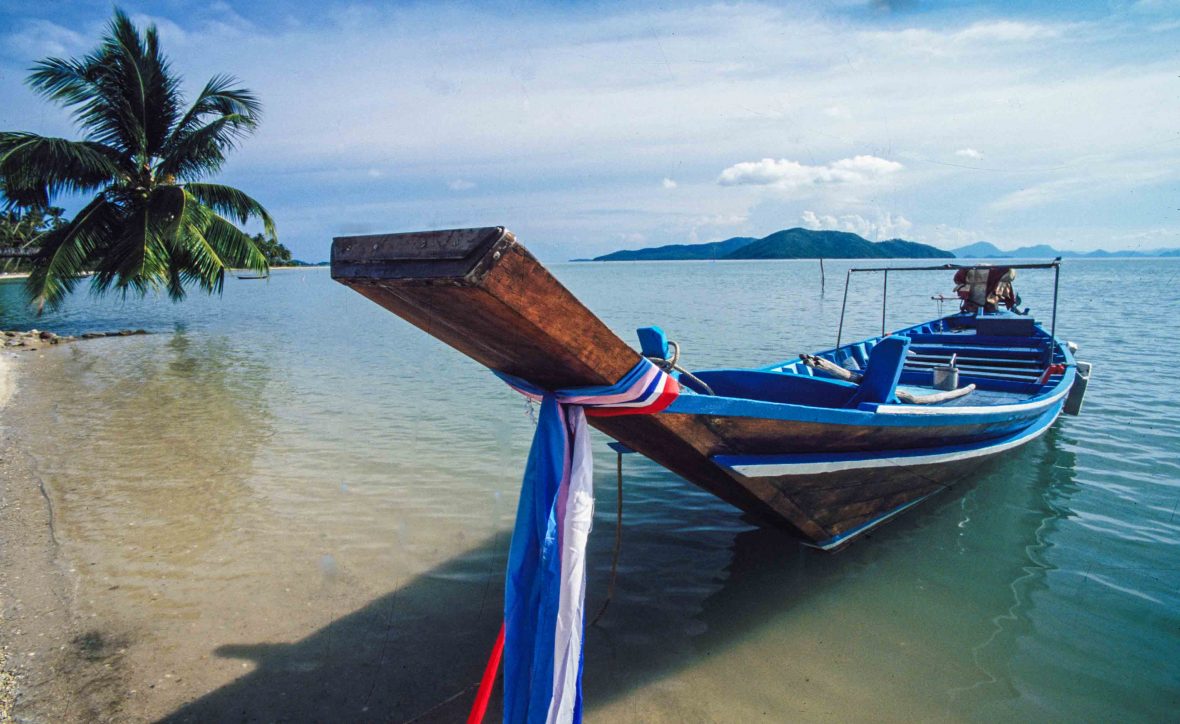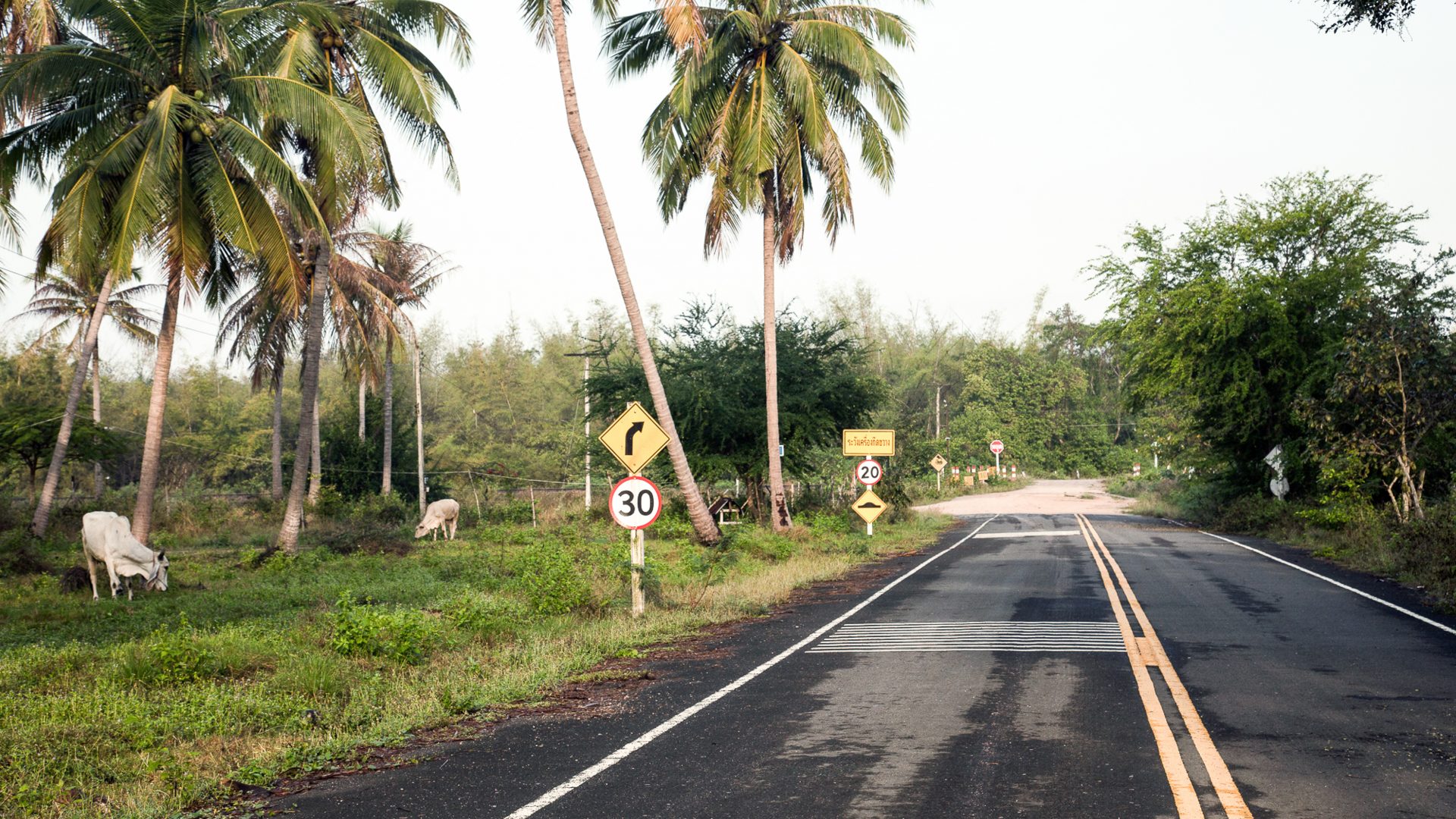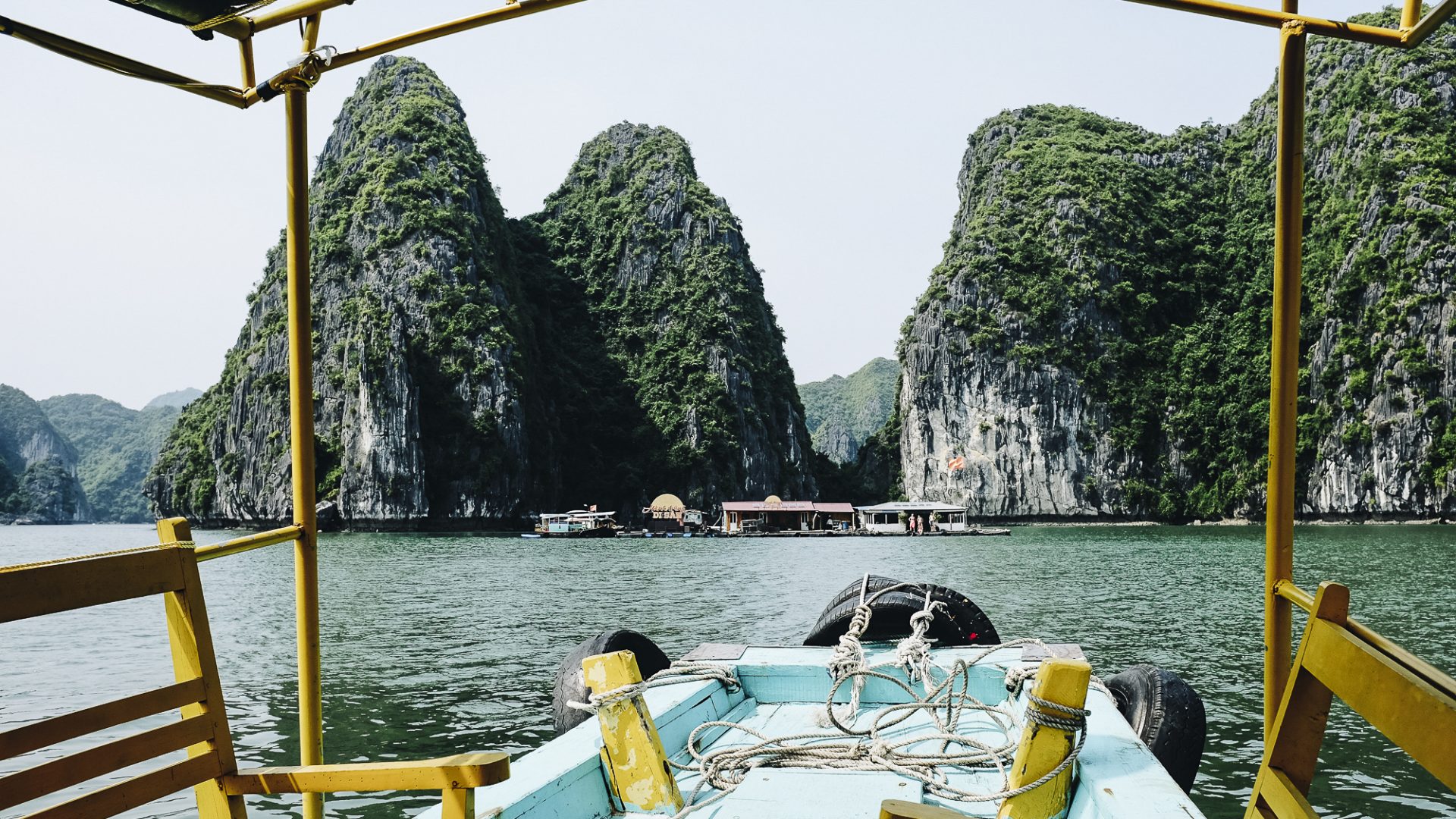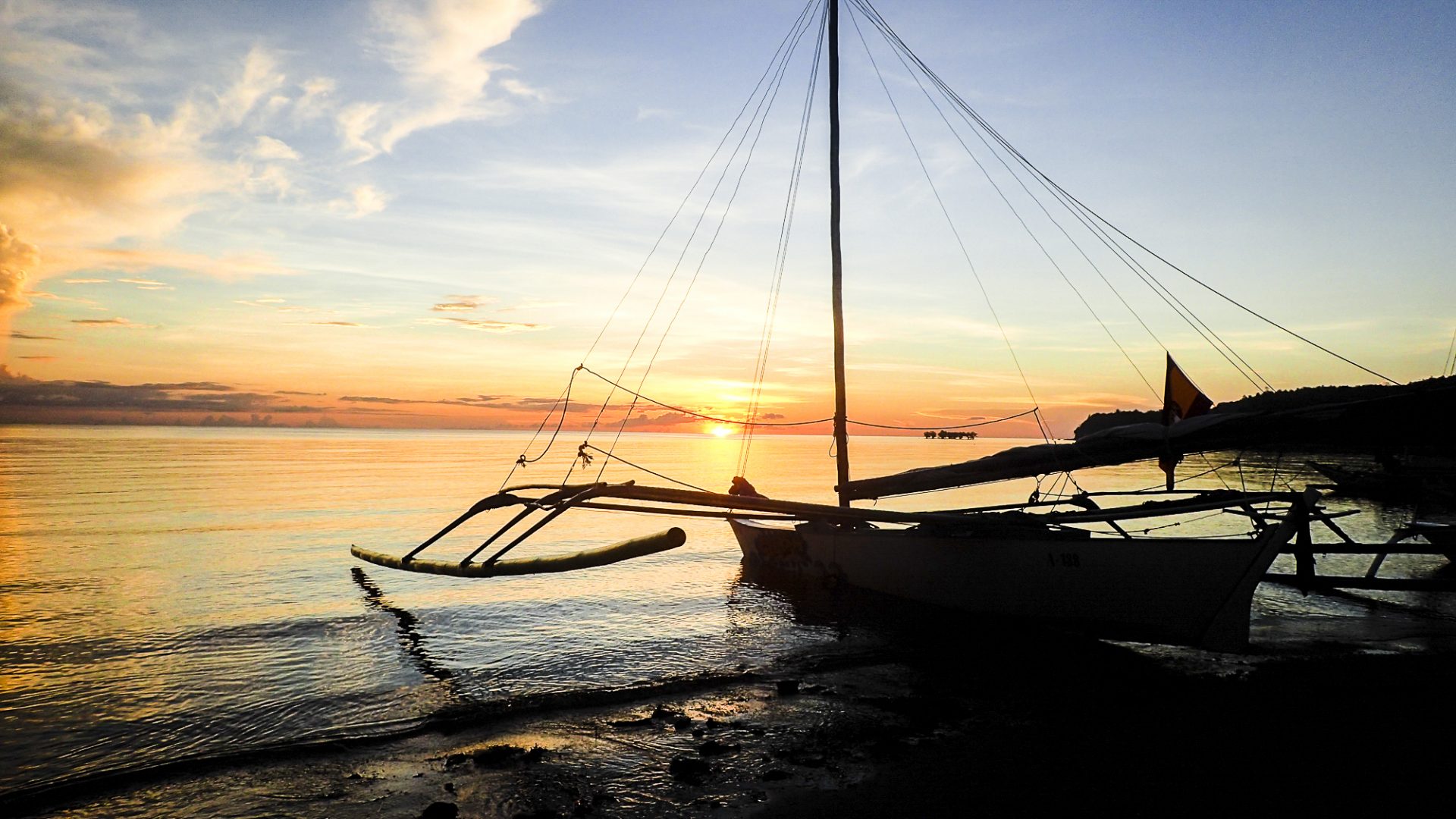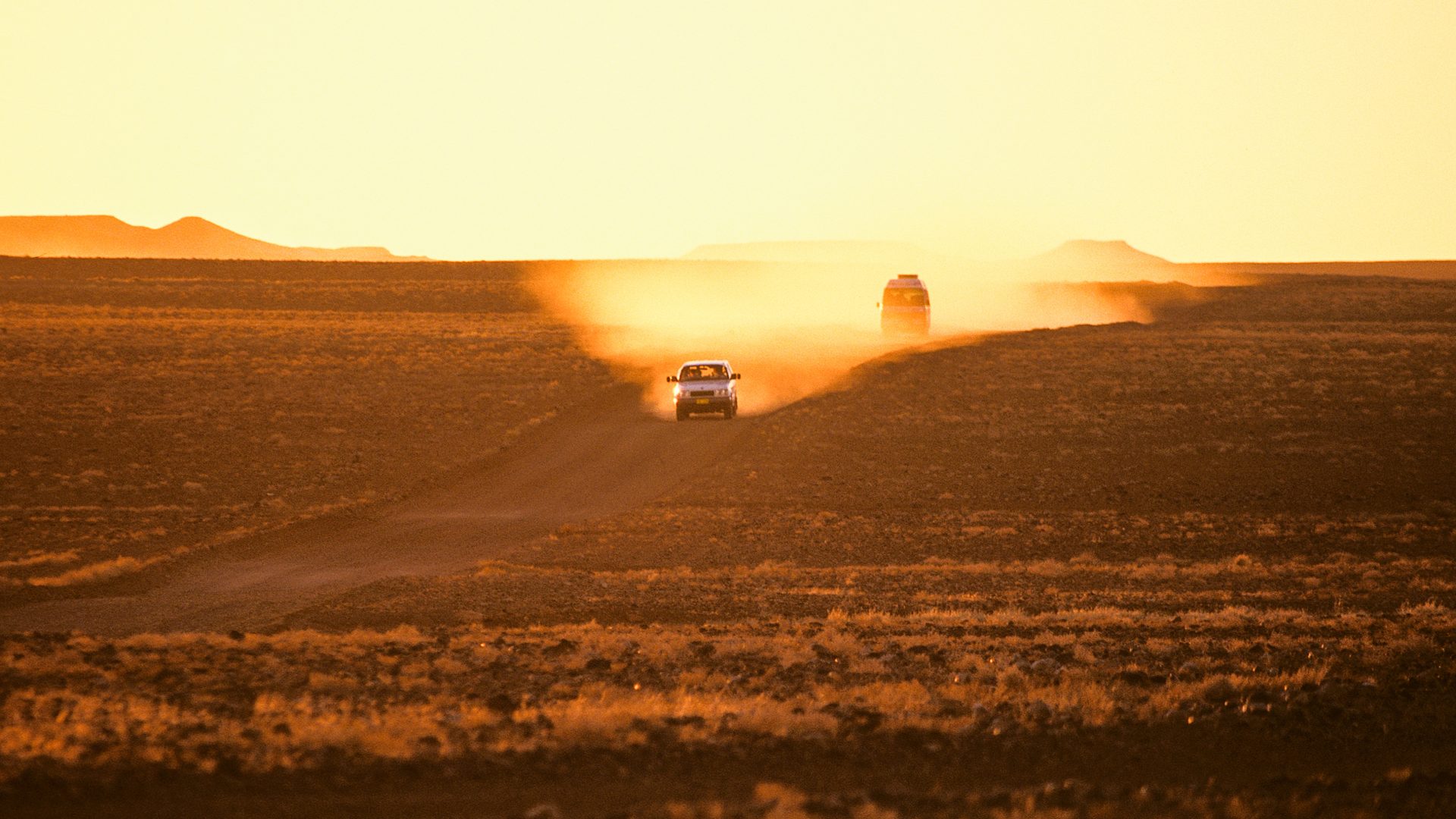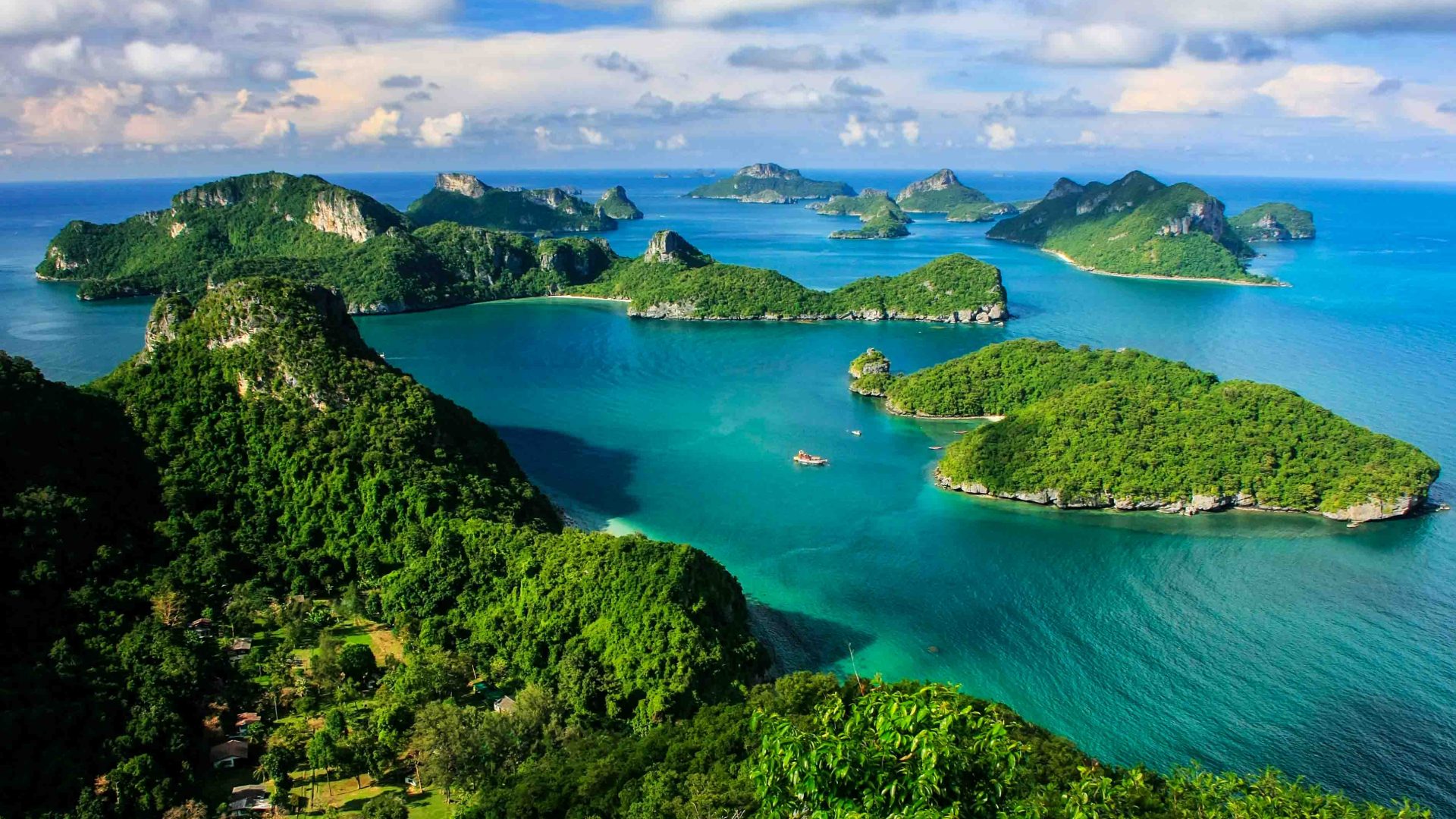
In 2016, Thailand saw a whopping 32 million tourists flock to its island-studded shores. But Australian travel writer and Thailand aficionado John Borthwick knows a few places you might still be able to dodge crowds and fill your adventurous boots, no matter your inclination.
With 2,700 kilometers of shoreline, Thailand has miles of isles, some of them celebrated, some not. The likes of Koh Samui and Koh Pha Ngan might entice the lion’s share of sun-snogged travelers, but there are still plenty of koh (islands) where full-mooning, bucket-boozing or marble-clad spas don’t necessarily define a good time.
